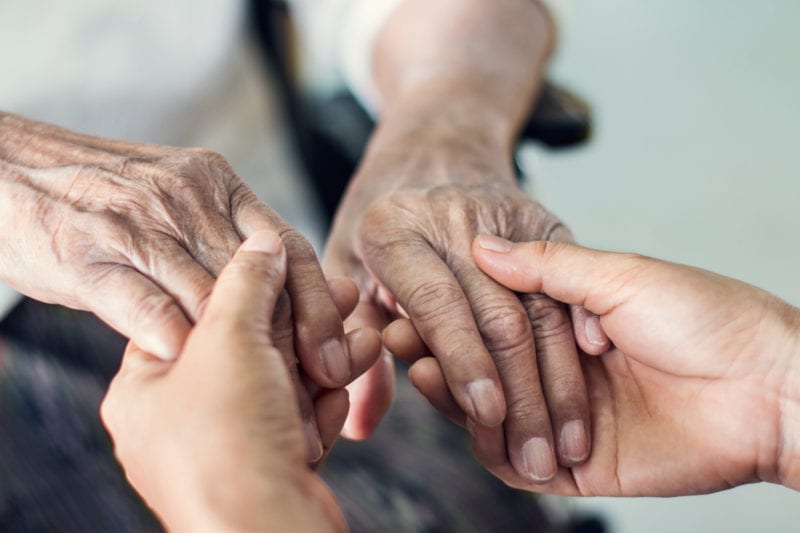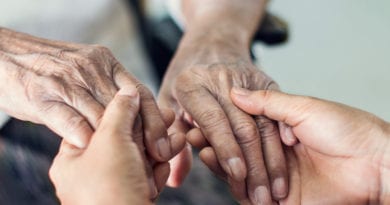Physical Activity Linked to Better Cognition in Older Adults
Active Connections
Encouraging evidence indicates that being more physically active is associated with a lower risk of Alzheimer’s disease and a slower rate of cognitive decline in older adults. But it remains unclear exactly how physical activity lowers this risk. One theory is that physical activity is somehow preventing the formation of the damaging plaques and tangles that are the hallmark of Alzheimer’s. Alternatively, perhaps being more physically active may simply improve or maintain the ability to function in the face of accumulating brain damage from Alzheimer’s disease, a concept sometimes referred to as cognitive resilience.
A recent study by researchers at Rush University, funded by the National Institute on Aging, aimed to test these two theories, finding an association between motor abilities and cognitive test performance, as well as a separate independent association between physical activity and cognitive performance. In both cases, better motor abilities or higher levels of physical activity were associated with better cognitive performance. The study was published in Neurology.
More than 450 older adults from the Rush Memory and Aging Project recruited from retirement communities throughout the Chicago metropolitan area. Participants underwent a series of cognitive, behavioral, and biomedical tests during their lives, and generously agreed to donate their brain and other tissues following their deaths.
In this study, the researchers were particularly interested in measures of daily activity, motor function, and cognition taken about two years before death. Signs of dementia were observed in 191 participants, while the remaining 263 participants did not show signs of dementia. Daily activity was measured over 10 days using an accelerometer device worn on the wrist, averaged into a daily activity score. Cognitive function was measured as a composite of 21 cognitive tests assessing memory, spatial reasoning, and the ability to rapidly perceive or compare objects. Motor abilities were separately measured from daily activity as a function of several measures of fine motor skills, walking ability, and grip and pinch strength.
The team then looked at brain tissue from these participants after their death and examined it for signs of Alzheimer’s disease, including amyloid plaques and neurofibrillary, or tau, tangles. They also looked at nine other measures of brain damage and disease, including those caused by cardiovascular disease. Almost all cases, including those with no signs of dementia, showed evidence of at least one form of brain disease or damage, with most cases showing an average of three different forms of brain pathology.
Critically, the authors found that, even after accounting for the presence of signs of Alzheimer’s disease and other brain damage, more physical activity and better motor abilities were still associated with better cognitive function. This finding supports the explanation that physical activity may promote cognitive resilience, helping offset or mask the negative consequences of neurodegeneration.
There are some limitations to this study. Because the study was cross-sectional, researchers could not identify a clear cause-and-effect relationship between physical activity and cognitive function (e.g., it could be equally likely individuals with better cognitive function happen to also be more physically active). Participants with signs of dementia did have lower levels of physical activity and poorer motor abilities than those without signs of dementia.
The current study also did not examine lifetime physical activity. It is unclear whether the association seen between physical activity and cognitive function reflects the benefits of a lifetime of being physically active, or if initiating physical activity later in life may also be protective. Additional studies that examine individuals longitudinally across the lifespan and randomized controlled trials of physical activity interventions should help to answer these questions.
Finally, the current study does not speak to the cellular and neural processes that might underlie these cognitive-resilience processes.
However, this study does provide additional promising evidence that physical activity and motor skills are beneficial to cognitive functioning in older age, and greater physical activity may even help to protect against the harmful effects of brain degeneration in diseases like Alzheimer’s. v
Information provided by the National Institute on Aging.


